Ingredient: Swiss Chard
Feb 28, 2012, Updated Jan 02, 2015
This post may contain affiliate links. Please read our disclosure policy.
Swiss Chard is not easy to find in northern Michigan in February, so when I called Glen’s Market after dialing up every other grocery store closer to home, I was excited to hear that they had a few bunches and would put one aside for me. Then when I picked it up, the brightly colored stalks were such a shock after coming in from the gray day that I oohed over it as I would a bouquet of flowers. The produce guy Steve was amused at my reaction, but being the produce guy, Steve was happy to see someone else feel as excited about his product as he is.
Seems to be rainbow week over here, given the rainbow of colors our Le Creuset soup pot comes in (but yes, mine is white), and given the parade of colors in the chard stems. I do have to force myself not to think of a 1970s rainbow of bridesmaids dresses when I see them, because they are so much prettier than that. There is something breathtaking about the stalks’ pinks and yellows that is other-worldly, luminous. I especially love the peachy shade that reminds me of a similar shade of peony that you rarely see. It glows.
I’ve come to learn that Swiss chard is commonly used in Lebanese cooking, as it is in most cuisines of the Mediterranean. We never had much of it on our table growing up in Michigan because it just wasn’t common back then in that locale, but as I peruse my many, many Lebanese cookbooks (which I’ll tell you about sometime) I see that chard is there, in every one them. Sometimes chard leaves, also known as silverbeet as a member of the beet family, are used instead of grape leaves to make stuffed vine leaf rolls (which I will also cook with you, I promise that).
Swiss chard is similar to spinach and kale, but it has a bitterness that requires cooking in order to be gone with it, and chard is a hearty enough green to stand up well to being cooked. On the health-o-meter, chard is packed with nutrients and is just crazy-good for you, not to mention that it tastes quite good sautéed with garlic and olive oil (but then again, you can make anything go down easy with that combo).
Can you find some Swiss chard, green or red or rainbow, this week? One bunch will do you for a few ooh and ahh moments, and for our soup.
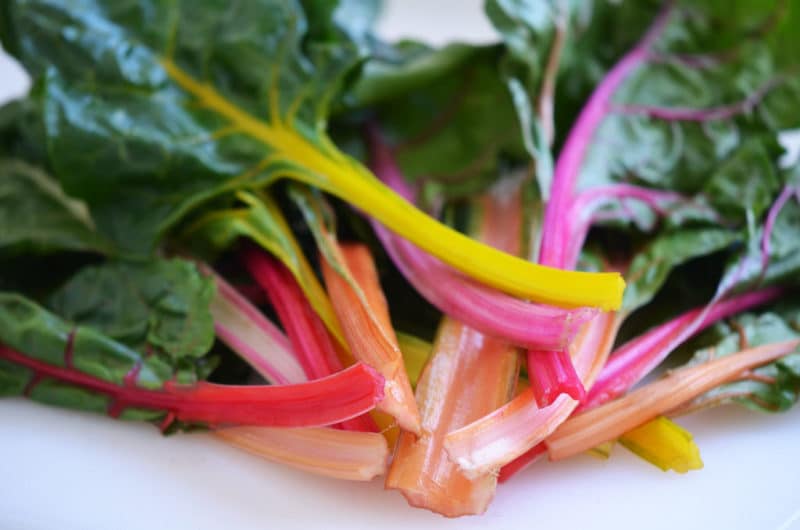
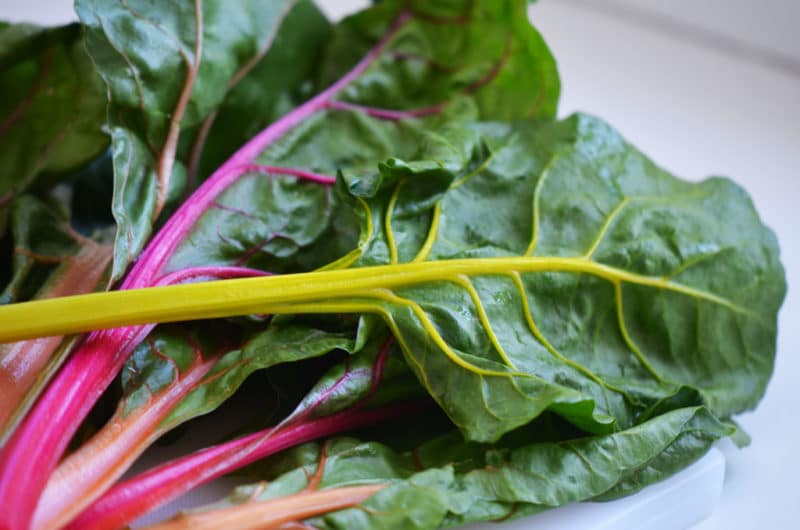
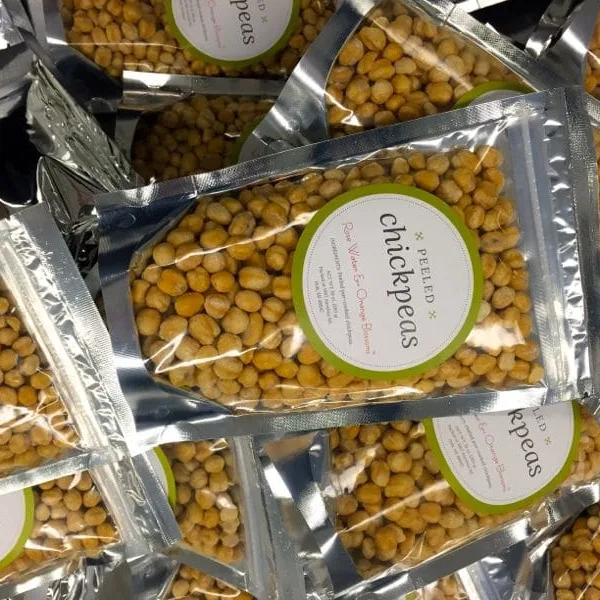

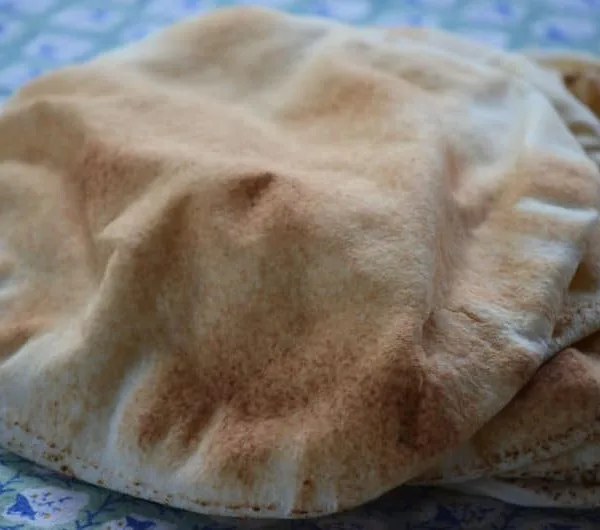
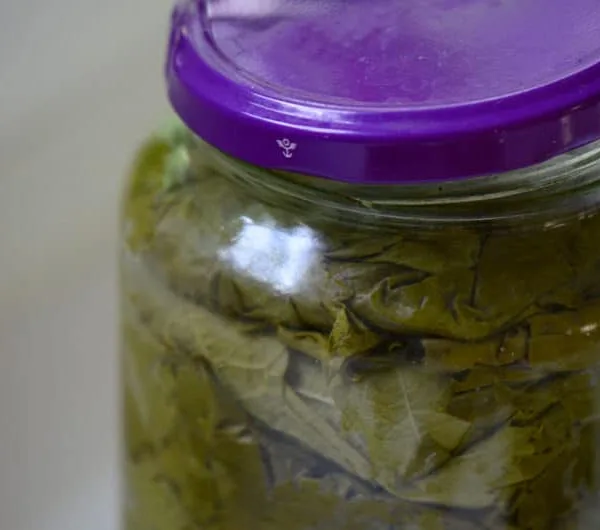







Several years ago while dining at the Phoenicia in Birmingham, my husband’s cousin asked the chef to prepare a special dish for him: Sole wrapped and baked in chard. It was a simple preparation with just a touch of fresh lemon and salt but oh, what a grand dish! Enjoy your chard and thanks for sharing your day.
I want to try that sole wrapped in chard, Kathryn! And I would love to go the Pheonicia for dinner. Thank you for sharing!
Hi Maureen,
Love your sentiments, and the words you use to describe them, as always. I never ate chard growing up, but your pics inspire me–I didn’t know it came in this array of colors.
Light, love, peace,
Diane
Diane, good to know we weren’t the only ones who didn’t eat chard growing up. Hope you can find some good bunches in NM!! Thank you—
They have chard here, everywhere and all the time; I need to ask where they get it from since it is technically winter and we get a lot of me in the summer/ but there are so many dishes with it . it is a must! love it in soup too!
You are still in Lebanon, aren’t you Joumana?! Wonderful!
Hi Maureen- I am looking forward to this recipe. I found some rainbow swiss chard today, but it is a little wilted. Any suggestions? Thanks
A sprinkle of water, wrapped in paper towel or a kitchen towel, and into the fridge ought to help. Glad you found some! Thanks for writing!
Cannot wait for your soup recipe!
Hi Michele! Have you moved? Thinking of you–